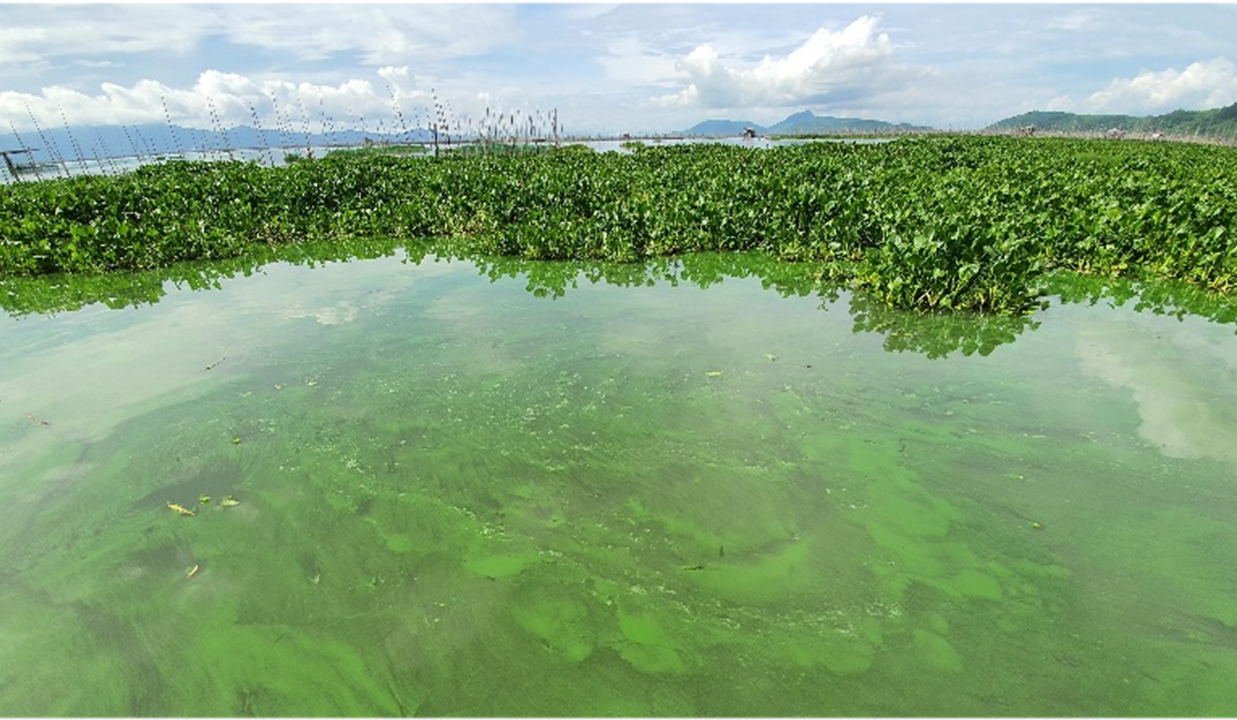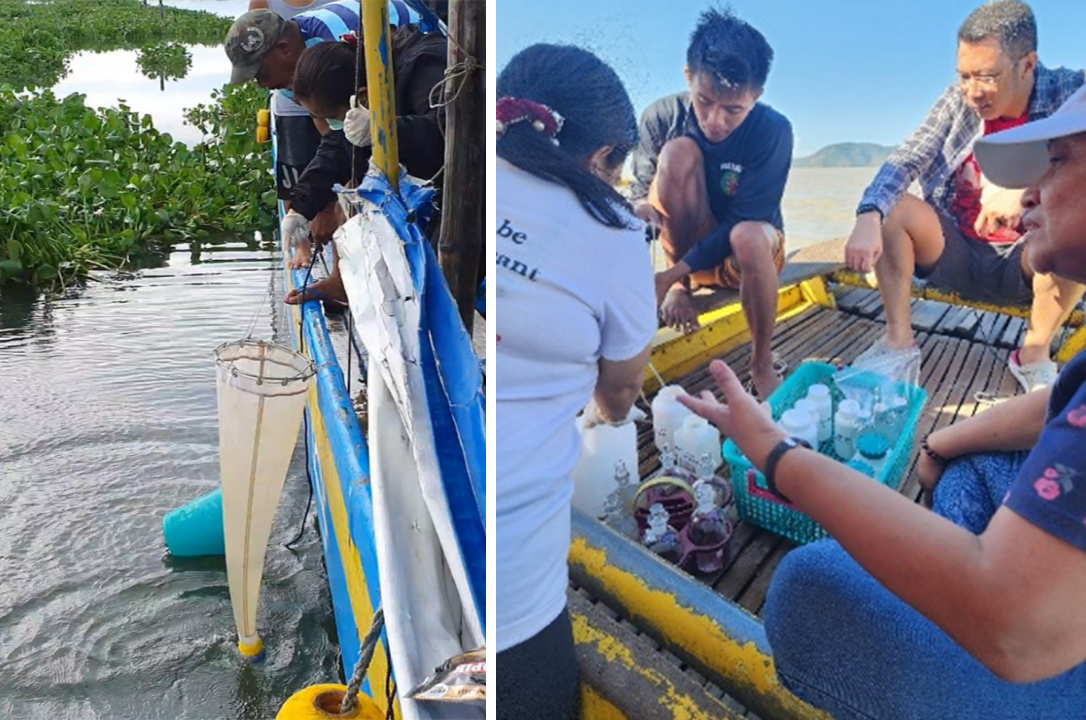A major research initiative is set to address the growing threat of toxic algae in Laguna Lake, the Philippines’ largest freshwater lake.
Triggered by pollution, overfishing, aquaculture practices, and climate change, the lake has increasingly experienced harmful algal blooms (HABs), also known as cyanoHABs. These blooms produce cyanotoxins, which are dangerous chemical compounds that accumulate in the water and in fish. Serious risks can be faced by humans who consume contaminated fish, including damage to the liver, cells, and even DNA.

The project, “Supporting Cyanotoxin Risk Assessment through Nuclear and Isotopic Techniques for Food Safety and Water Quality Management of Freshwater Lake Systems,” aims to enhance the country’s capabilities in detecting, measuring, and managing cyanoHABS. Funded by the Philippine Council for Agriculture, Aquatic and Natural Resources Research and Development of the Department of Science and Technology (DOST-PCAARRD), the project promotes the use of nuclear and isotopic technologies to effectively monitor and assess health risks of these dangerous toxins.
Currently, Laguna Lake is a crucial source of freshwater and supports a thriving fisheries industry. However, without a proper monitoring system or strict safety regulations, the public remains at risk of ingesting contaminated fish and water.
The project seeks to fill this gap by introducing advanced analytical methods, using aptamers, and creating tools to assess risks based on algae levels, toxin concentration, and water quality. Aptamers are target-binding nucleic acid molecules beneficial in cyanotoxin detection.

In its first two years, the initiative has made significant accomplishments. Researchers have developed a risk analysis matrix combining data on toxin levels, algal species, and water quality parameters. They have also designed aptamer-based test kits that may allow faster and more accurate detection of cyanotoxins in real time. This technology is still in the development stage.
Ultimately, the project aims to create science-based policies and real-time monitoring systems to better manage cyanobacterial blooms, protect public health, and protect the lake's ecosystem. Through public education and advanced research, the project hopes to boost awareness about the dangers of cyanotoxins while supporting the long-term sustainability of Laguna Lake.

